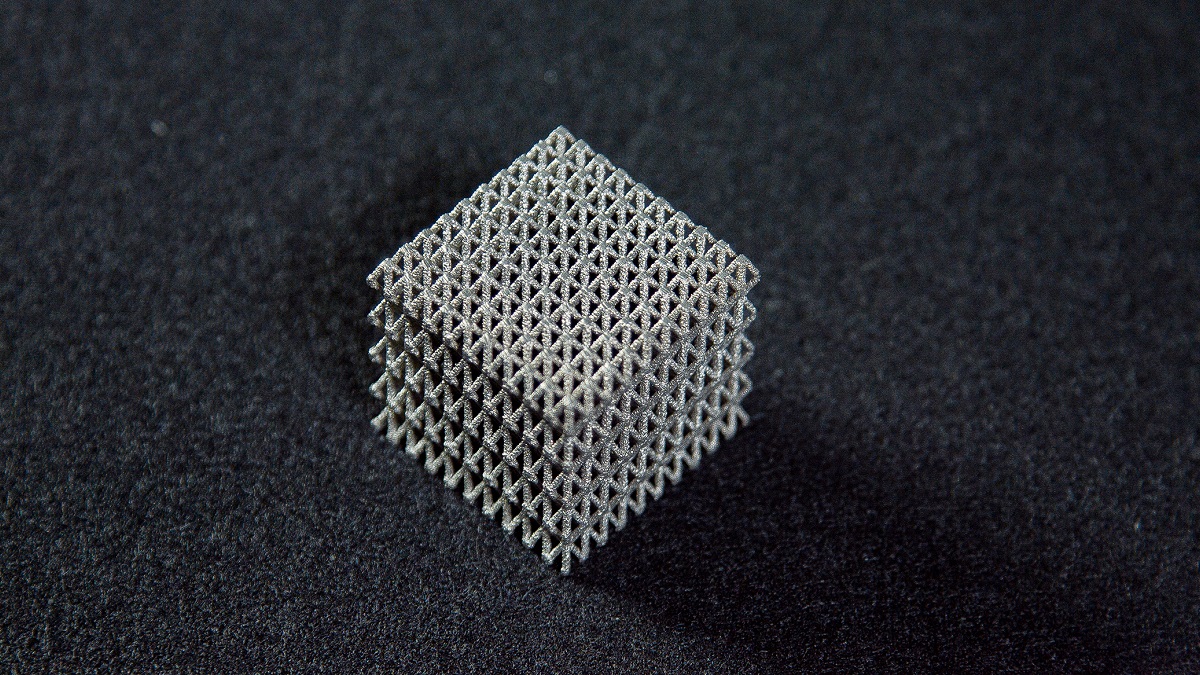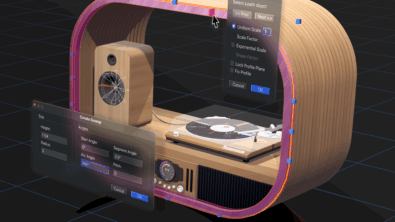Parasolid v32.1 Release Highlights

Parasolid v32.1 delivers initial support for lattice structures and continued expansion of Convergent Modeling™ functionality on mixed models. In addition, there are enhancements across a broad front of established functionality:
Native Lattice Support in Parasolid
Lattices are supported in Parasolid v32.1 as a new geometry type to address the need to accurately represent lattice materials in parts intended for additive manufacturing. Initial functionality includes:
- support for general lattices consisting of cylindrical or conical rods connected by spherical balls for regular and semi-regular structures
- operations include create, enquire, edit, delete and validate with the Parasolid checker
- lattices may be converted easily to meshes for downstream operations
- lattices may be rendered as wire frame or as solid primitives (spheres, cylinders, cones)

A portion of a circular lattice structure
Convergent Modeling
Convergent Modeling has been extended to operate on models containing a mix of facet B-rep surfaces and all classic B-rep surfaces. Specifically, at v32.1, support has been added for cones, tori, b-surfaces, blend surfaces, swept surfaces, spun surfaces and offset surfaces. Also, more operations now work on mixed models, including:
- transform faces that meet at a mixed edge
- apply non-rigid transforms to general facet or mixed bodies
- blend mixed edges along non-smooth chains and along open chains
- allow smooth overflow on blends along mixed edges
- patch faces with facet geometry and delete loops in faces with facet geometry

Transforming the red boss across facetted and classic faces
Classic Modeling
Parasolid v32.1 includes a significant number of enhancements to classic functionality, including:
- create step faces on boundary edges when radiating faces
- offsetting non-smooth (non G1) chains of edges imprinted on complex surfaces of all types and choose how to fill gaps between the resultant offset edges
- create outline curves from general or wire bodies
- ability to supply reflection transforms to outline operations
- produce more rounded lofts when using face, vector or planar clamps and more rounded sweeps when using face clamps

Wire outline (right) created from a general body (left)
Further information



Comments